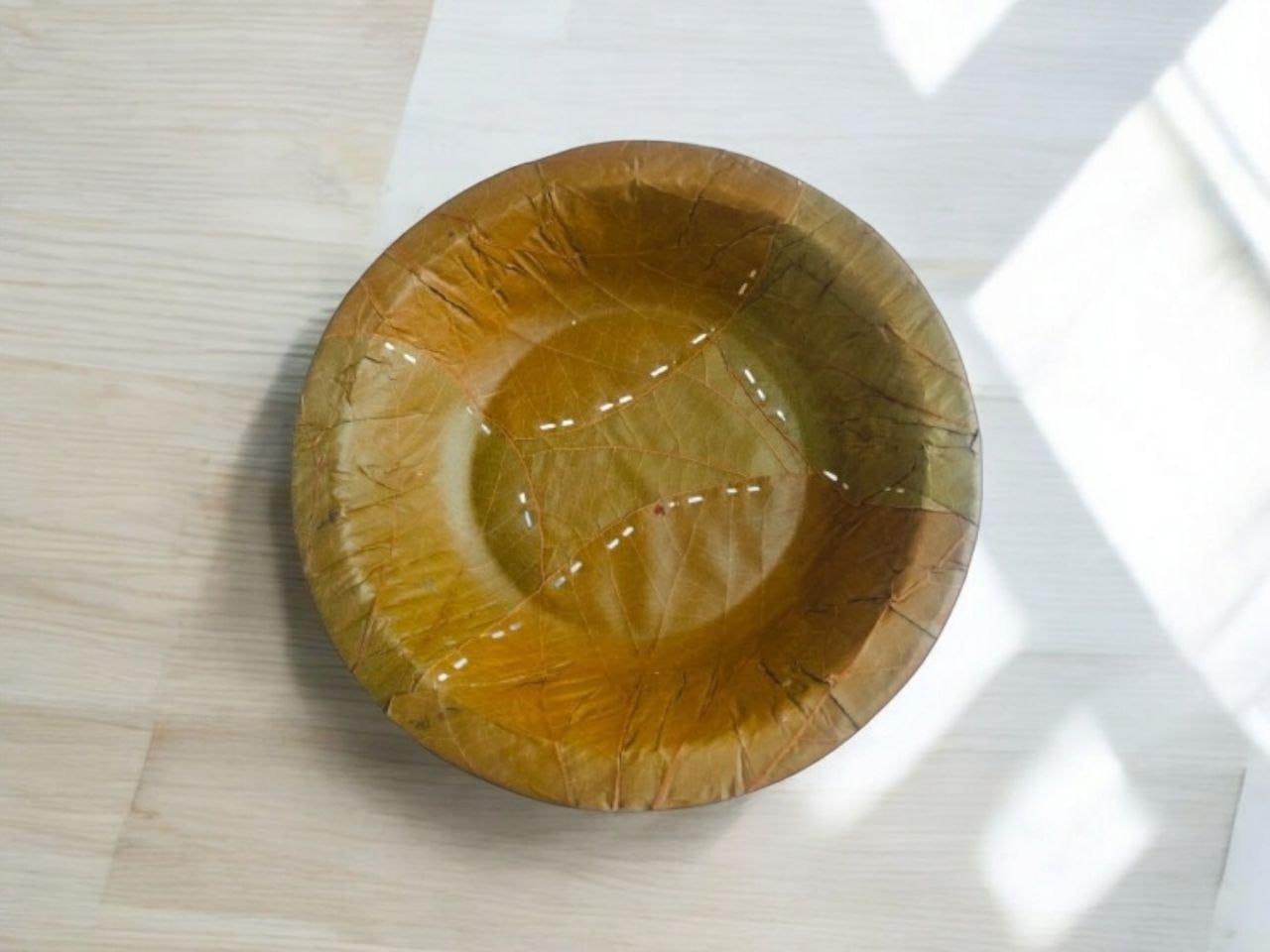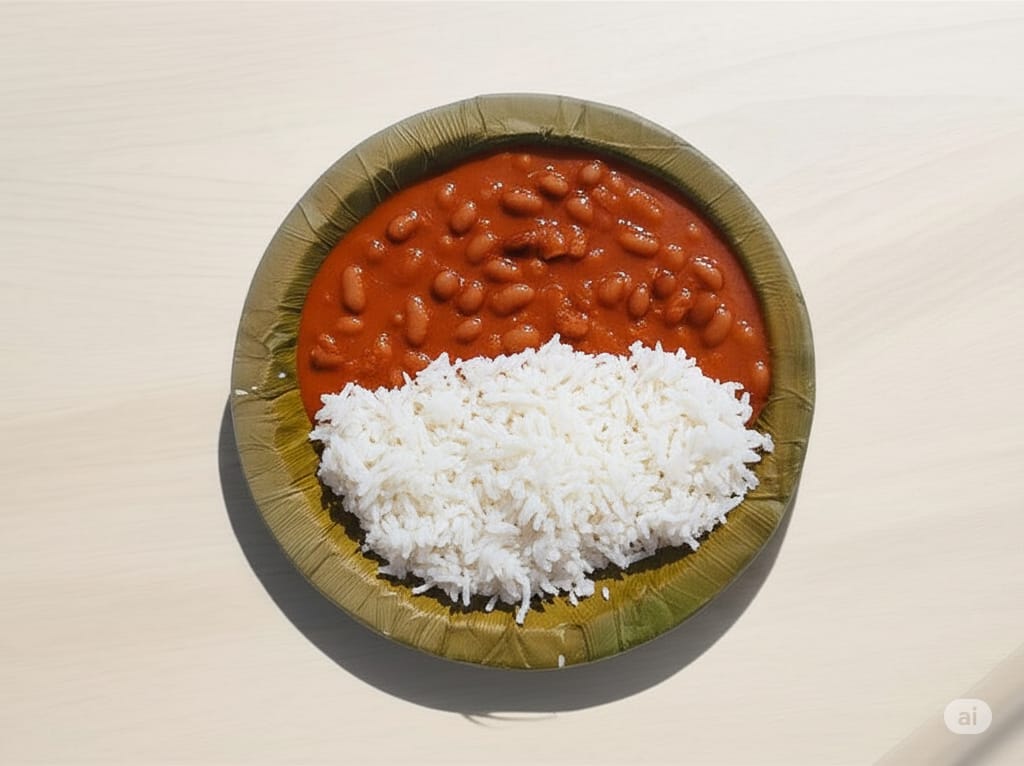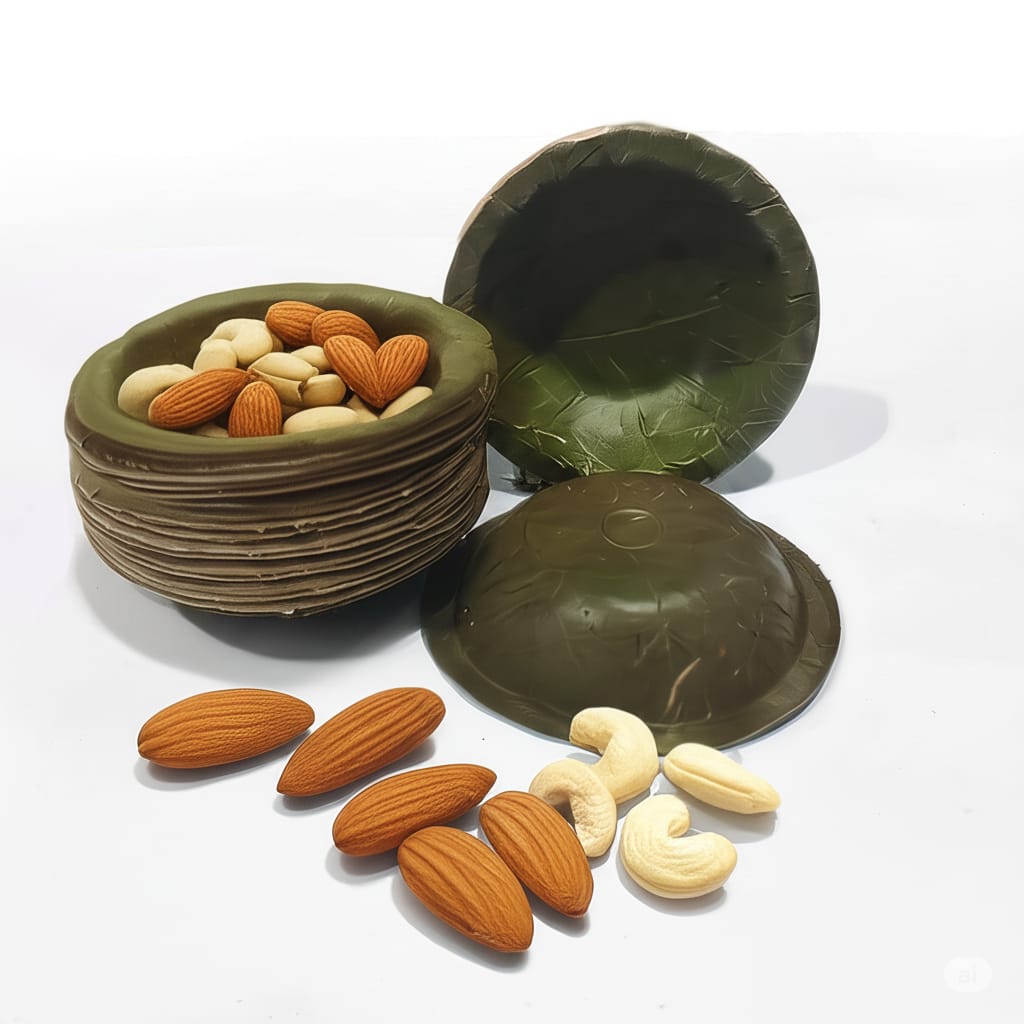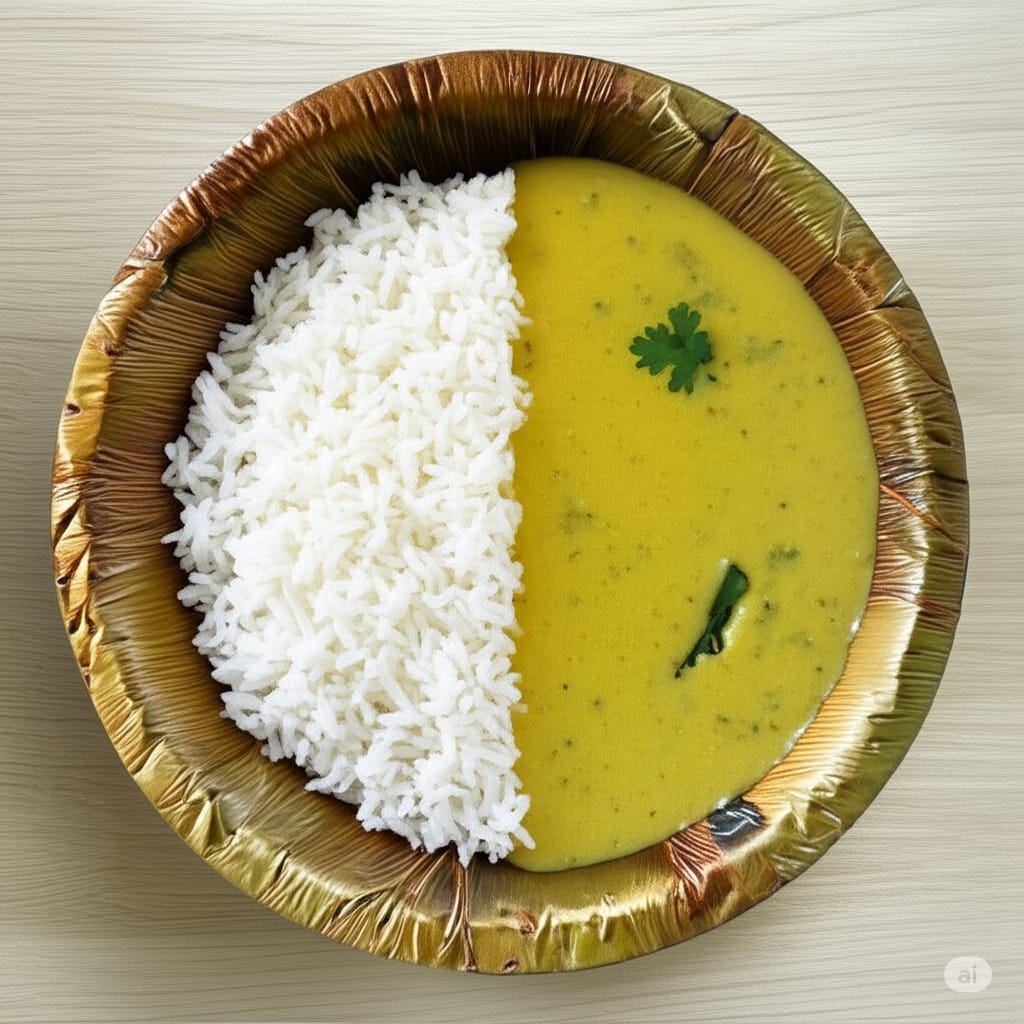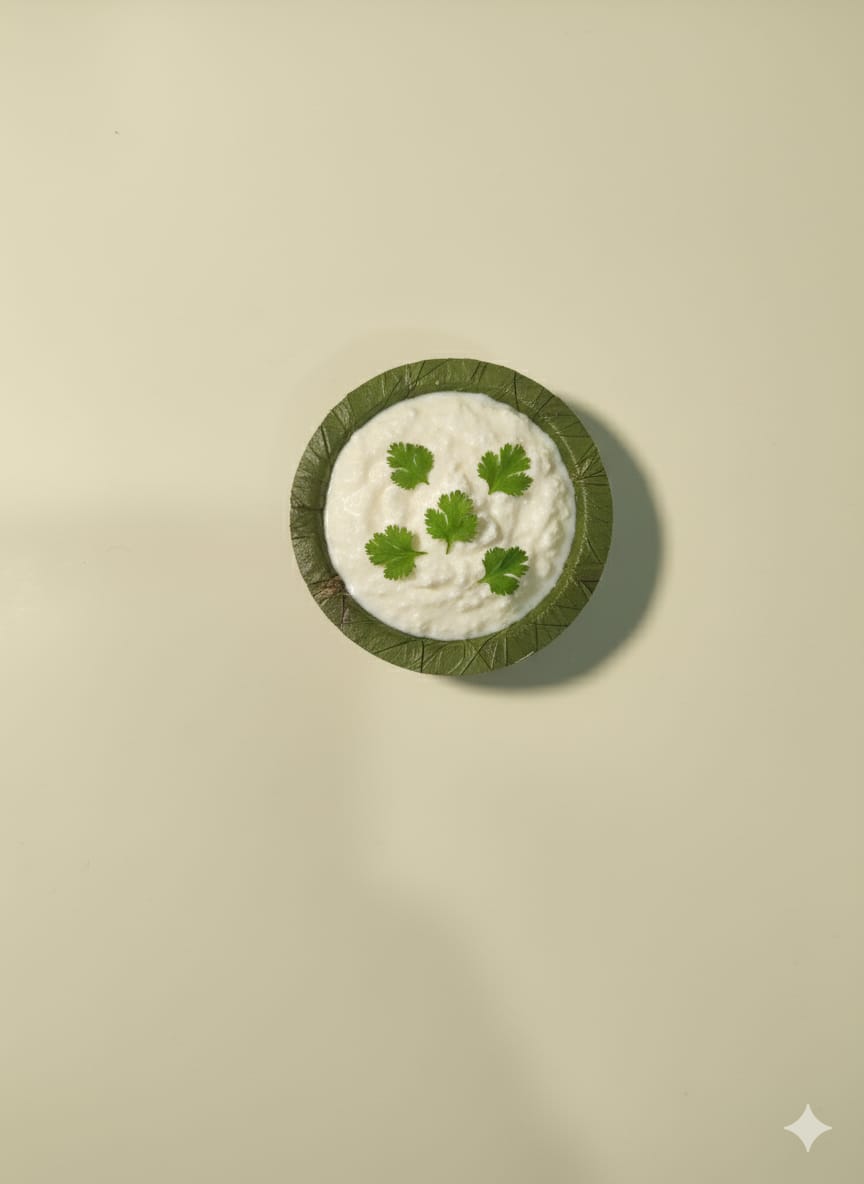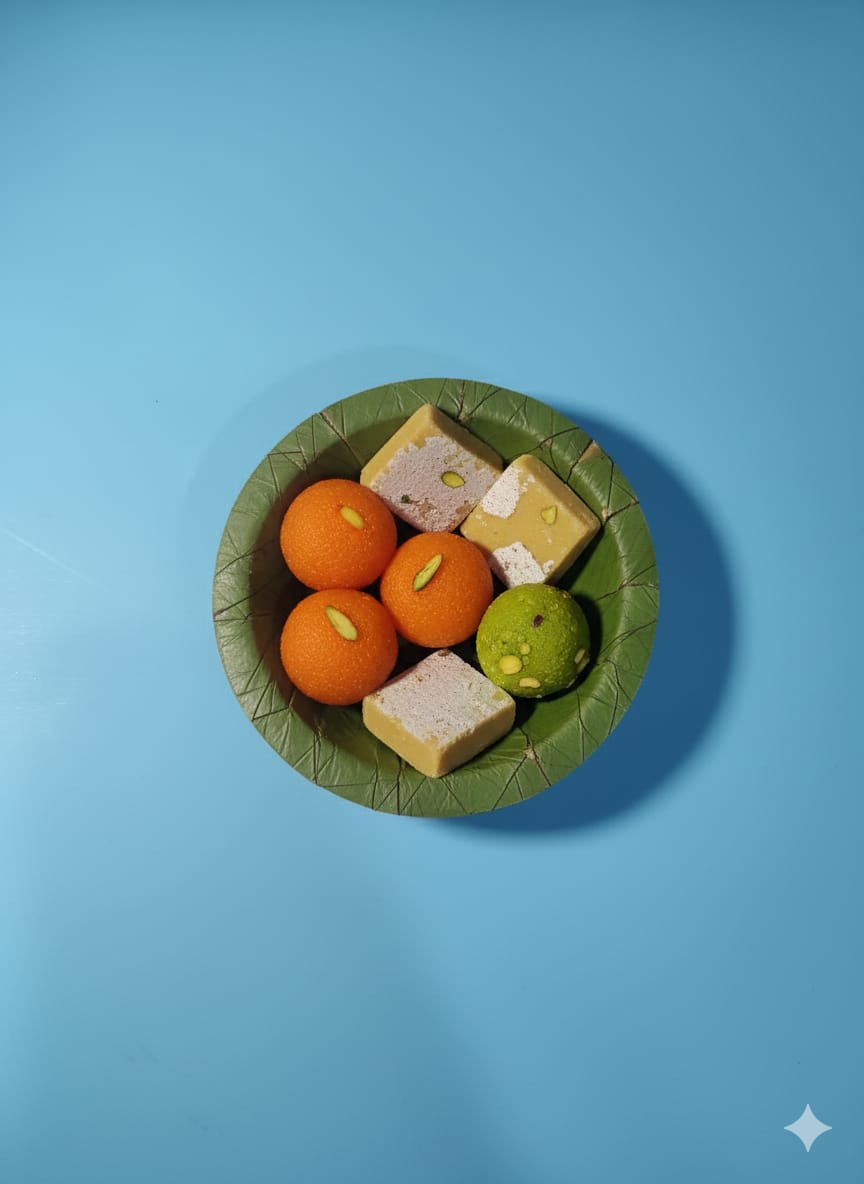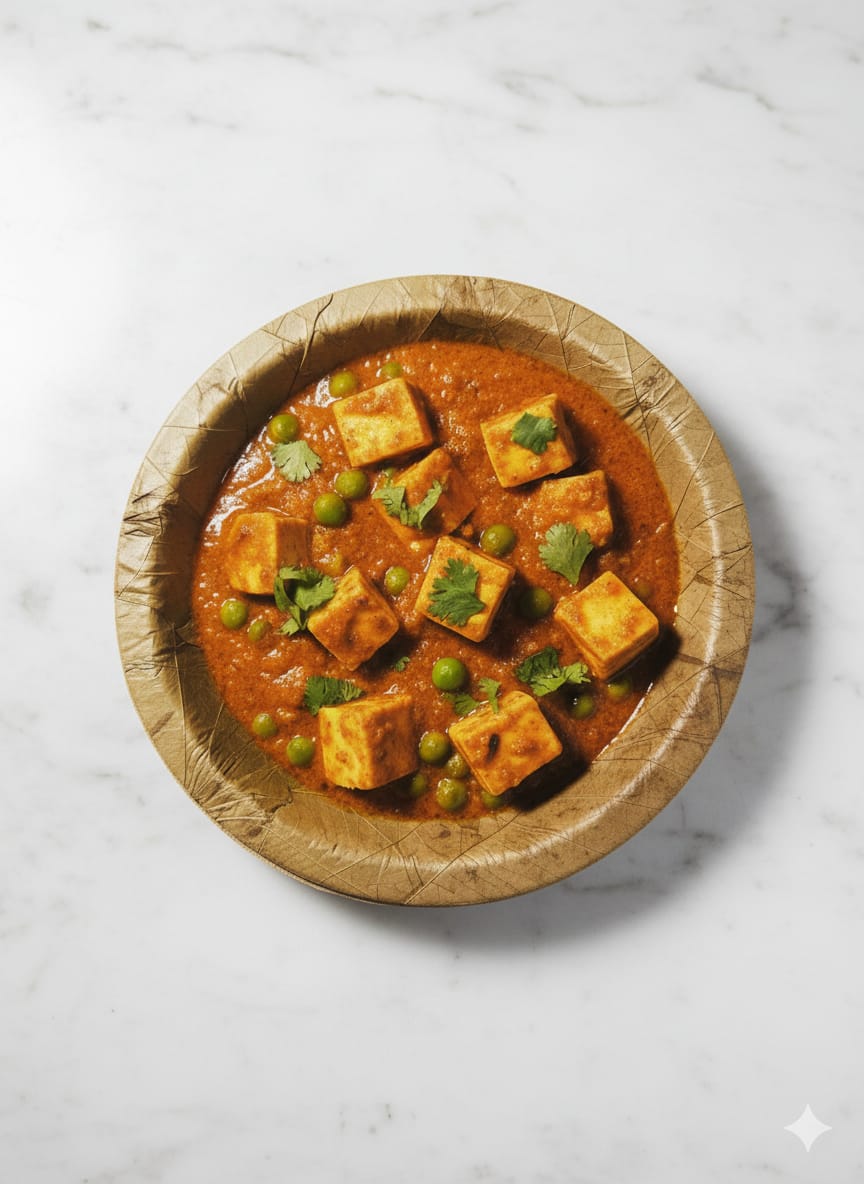Blogs
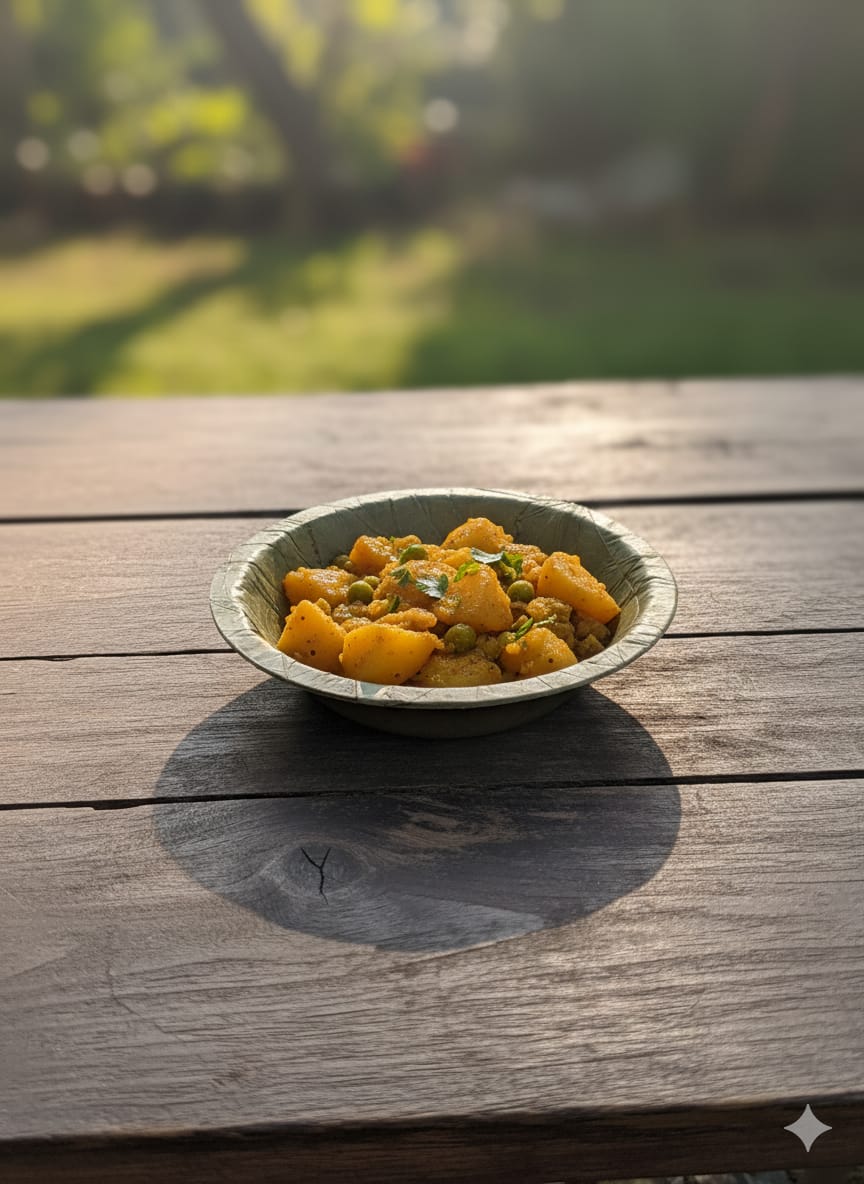
Before Plastic, People Used Plants
When you imagine ancient dining, you probably don’t think of leaf plates. But long before modern packaging, nature was the go-to. People across tropical regions, from India to Indonesia, relied on big, sturdy leaves to serve food every day. These weren’t just emergency options—they were beautiful, practical, and perfectly eco-friendly solutions crafted from what grew all around them. You can picture a family gathering under the shade of a banyan tree, eating fresh rice and curry off a stitched sal leaf plate. No plastic forks, no paper towels, and definitely no dishwashing! It was simple, effective, and completely biodegradable—just toss it to the cows afterward, and they’d thank you for the treat. For generations, this wasn’t seen as “green” or “trendy”—it was just normal. People used what they had, and what they had was surprisingly effective. The trick was choosing the right leaves, and local communities became experts in figuring out which ones were strong, flexible, and could hold hot food without folding under pressure. The real magic of leaf plates lies in how they’re made. You might think they’re just random leaves stacked together—but oh no, there’s more to it. Skilled artisans use natural stitching techniques, often weaving thin plant fibers to bind the leaves together. In some areas, people even heat-press the leaves to mold them into stronger, plate-like shapes. In India, for example, this technique has been passed down for centuries. It’s common in forest-dwelling communities and villages, especially in states like Odisha, Jharkhand, and Chhattisgarh. The leaves—usually from sal, banyan, or banana trees—are harvested carefully without harming the tree. That’s sustainability at its most beautiful. Kids in these villages often learn the basics of stitching leaf plates by the time they’re ten. It’s part of their family life, almost like learning how to ride a bicycle. You get to sit with the elders, fold leaves in half, press the edges, and eventually stitch them into a perfect round plate. And it’s not just practical—it’s oddly satisfying! If you ever get the chance to watch the process, do it. There’s something so grounding about seeing leaves transform into diningware by the hands of people who have done this for centuries. No machines. No chemicals. Just skill, patience, and a whole lot of respect for nature. Here’s where it gets interesting: this humble village craft is now going global. As people worldwide search for eco-friendly options, leaf tableware has made an impressive comeback—and export markets are loving it. Who would’ve thought your next dinner party in Berlin or Brooklyn could feature something hand-stitched in a forest village thousands of miles away? It’s not just a niche thing anymore. Big events, weddings, yoga retreats, organic food cafés—you name it—are turning to leaf plates for a dash of rustic charm and a clear conscience. They’re affordable, attractive, and leave zero mess behind. Plus, they send a quiet message: we care about the planet. This export trend has created new opportunities for rural communities. What was once a small-scale, local tradition is now helping thousands earn a living while keeping their cultural skills alive. That’s more than just sustainable—it’s empowering. You might see a simple leaf plate and think it’s just a novelty. But behind every export shipment, there’s a story of ancient wisdom, local ecosystems, and communities adapting tradition to a global world. And honestly, it’s kind of amazing that something this beautiful can also save you from doing the dishes. How Modern Chefs Are Embracing Nature In a world where fast food often steals the spotlight, something wonderful is simmering in the kitchens of modern chefs. You might be surprised to learn that nature is making a delicious comeback on the plate—and we’re not just talking about salads. Chefs from New York to New Delhi are stepping away from plastic and preservatives to serve dishes that connect us back to our roots. Whether it’s cooking with wild ingredients or plating meals on actual leaves, the kitchen is turning green—and it’s never looked tastier. You don’t need to hike into a forest to experience nature anymore—your local restaurant might already be doing it for you. Today’s most adventurous chefs are replacing synthetic ingredients with wild herbs, foraged mushrooms, edible flowers, and heirloom vegetables. These aren't just fancy garnishes—they’re packed with flavor, nutrients, and stories from the earth. You’ll find wild garlic in pasta sauces, hibiscus petals on desserts, and even moss-inspired butter served with sourdough bread. The goal? To reconnect you with the natural world, one bite at a time. If you’ve ever tasted a tomato that wasn’t trucked in from 1,000 miles away, you already know how much flavor fresh, local food holds. That’s exactly why chefs are turning to their local landscapes for inspiration. By building relationships with nearby farmers, foragers, and forest dwellers, they’re discovering an entirely new pantry—one without plastic packaging or barcode stickers. You get food that’s fresher, tastier, and more environmentally friendly. One of the most eye-catching changes in eco-friendly kitchens? The plates. Yes, you heard that right. Some chefs are serving their meals on plates made from fallen palm leaves instead of plastic or ceramic. These natural dishes don’t just look good—they’re biodegradable, chemical-free, and give your meal an extra earthy vibe. Eating a spicy curry or colorful salad off a crisp, organic leaf? That’s a dining experience worth sharing on Instagram. You might wonder if these leafy plates are strong enough to hold food. Absolutely! In fact, they’re sturdy, microwave-safe, and compostable after use. It’s no surprise they’re showing up at outdoor events, pop-up dinners, and eco-conscious cafes around the world. They fit perfectly with today’s sustainable food movement and give chefs a stylish way to say: “We care about the planet.” As a bonus, these plates often come with an interesting backstory. Some are handmade in Indian villages where fallen leaves are collected, cleaned, and pressed into shape. By choosing these over plastic, chefs are also supporting small rural communities and age-old crafting traditions. Every plate is a little slice of nature—and culture—served up with your meal. More than ever, chefs are realizing that cooking is not just about taste—it’s also about responsibility. You might think of a fancy dish as just a plate of food, but to many modern chefs, it’s a message. A message that says, “We can eat well and still be kind to nature.” That’s why menus now highlight local produce, plant-based meals, and low-waste cooking practices. It’s not just a trend—it’s a change in mindset. Food waste is also a big part of the conversation. Instead of tossing vegetable peels and herb stems, chefs are turning them into flavorful stocks, oils, and sauces. Leftover bread? It’s now reborn as crunchy croutons or savory puddings. When chefs treat ingredients with this much care, it makes you appreciate every part of the meal. Nothing is wasted—and everything is respected. Sustainability might sound like a serious topic, but chefs are proving it can also be fun, playful, and downright delicious. From colorful garden-to-table plates to creative “zero-waste” desserts, the focus is on making green food exciting—not guilt-inducing. When you see a carrot top pesto or a radish-leaf taco on the menu, you know you’re in for something fresh and original. You probably don’t think much about the plate under your meal—unless it’s broken or your food’s falling off it. But imagine if your plate could do more than just hold your lunch. Imagine it actually helped the environment. Sounds wild, right? Yet, that’s exactly what’s happening with nature-made leaf plates. These aren’t futuristic gadgets or complicated solutions—they're just simple, biodegradable plates made from fallen leaves. You use them, toss them, and they return to the soil like they never existed. No plastics, no guilt. You’re eating and helping the earth at the same time. How cool is that? Now, before you roll your eyes and call it “just a plate,” let’s dig into why it matters more than you think. Every year, billions of plastic and paper plates are used once and tossed. That’s mountains of trash for something that held your food for maybe 20 minutes. It doesn’t make sense, does it? That’s where the humble leaf plate comes in like a quiet eco-hero. You probably know that plastic doesn’t go away. It breaks down into tiny bits that float in the ocean or sit in landfills for centuries. Even paper plates are often coated in wax or chemicals, making them hard to compost. One casual meal can leave behind a serious mess for the planet. That’s not the kind of legacy you want to leave behind from lunch. Leaf plates, on the other hand, are nature’s version of a “now you see me, now you don’t” magic trick. Made from naturally fallen leaves like sal or banana, these plates decompose in just a few weeks. You don’t need a special facility or fancy machine—just bury it in the garden or toss it into a compost bin. Plus, there’s no chopping down trees. No chemical processes. No waste. Even the production of these plates creates local jobs in rural communities. So it’s not just the planet winning—it’s people too. Every plate tells a story of sustainability, simplicity, and smart choices. You might think, “I’m just one person. What difference can my plate make?” And that’s fair. But here’s the thing—big change often starts with small shifts. When enough people switch to eco-friendly options, industries take notice. Demand changes. Products improve. Systems shift. Choosing a leaf plate might seem tiny, but multiply that choice across a dinner party, a wedding, or a restaurant chain—and suddenly, it’s a movement. Every plastic plate not used is one less item sitting in the ocean or choking a landfill. And leaf plates aren’t just good—they’re stylish, too. Their rustic look fits perfectly into the nature-loving, organic, Instagram-friendly vibe that people love right now. If you’re throwing a party, they spark conversation and give your table a fresh, earthy charm. It’s fun to be eco-conscious when it looks and feels this good. You’re not just following a trend—you’re setting one. You’d be surprised how far a simple leaf plate can travel—from a quiet village in India to a trendy café in Berlin. In many rural parts of India, especially in the southern and eastern regions, leaf plate-making is a time-honored craft. Once the plates are sorted and checked for quality, it’s time for them to be packed up and prepped for travel. Now comes the fun part—landing in cities that may never have heard of a "sal leaf" until yesterday. Every exported plate carries a story with it—a story of tradition, sustainability, and human hands shaping the future. You might think it’s just a plate—but what if it’s actually a small superhero disguised in dried leaf clothing? Every time you use a plastic plate, it sticks around longer than your leftovers—sometimes for hundreds of years. Leaf plates are made from naturally fallen leaves, stitched together without chemicals or glues. Just leaves and love.A Stitch in Time: Crafting Plates by Hand
A Global Comeback (Thanks, Exports!)
Nature Is the New Gourmet
Goodbye Plastic, Hello Leaves
Cooking With a Conscience
Rethinking the Plate: It’s More Than Just a Surface for Food
Trash or Treasure: What Happens After One Meal
Small Swaps, Big Impact
Export Journeys: From Village Craft to Global Table
These humble plates, crafted by hand and sun-dried with care, are now crossing borders and entering five-star kitchens.
Yes, something made under a banyan tree can actually end up on a table next to candlelight and fine wine.It All Begins in the Village
Women gather fresh, fallen leaves from sal or banana trees and stitch them together using natural stems or small twigs.
There’s no fancy machine or factory buzz—just the soft hum of conversation and the rustle of leaves in the breeze.
You can almost hear nature itself helping in the process, whispering, “Now this is how it’s meant to be done.”
These leaf plates are then dried, stacked, and bundled with care, ready for their next step in the journey.Packing Dreams into Cartons
It’s almost like sending your child to college—carefully wrapped, labeled, and with great hopes for the future.
The bundles are loaded onto trucks, reaching export hubs where they’re given their final passport: a customs clearance.
They may not have stamps or selfies, but these plates are real travelers with plenty of miles under their belt.
They’re inspected for hygiene, moisture, and strength—no plate wants to be the one that collapses under a muffin!The World Welcomes the Leaf Plate
In restaurants and eco-conscious homes abroad, these plates become a conversation starter: “Is this really made from leaves?”
People love the story behind them—the earthy texture, the rustic look, and the fact that they disappear without a trace.
In places like London, New York, and Melbourne, these plates are popping up at festivals, weddings, and even food trucks.
They’re not just tableware anymore—they’re a statement. A quiet, green rebellion against plastic and waste.More Than a Product: A Cultural Ambassador
You’re not just selling a plate; you’re exporting a lifestyle, a mindset, and a hope for a cleaner planet.
The journey may begin in a dusty village path, but it ends on polished wood tables, amid laughter and shared meals.
And who knows? Maybe your next dinner guest will pause, smile, and say, “This plate has seen more of the world than I have.”Can a Plate Really Help the Planet?
One plate at a time, people around the world are saying goodbye to plastic and embracing nature’s own dinnerware.
It’s not magic, it’s science—and a little bit of heart—that’s changing the way we think about the environment.The Plastic Problem on Your Table
You throw it away, but it doesn’t go away. It travels from landfills to oceans, harming animals and choking our planet.
Now imagine billions of these plates piling up like a bad habit we just can’t quit. That’s the reality we face today.
But what if there was a plate that said, “Thanks for the meal,” and then quietly returned to the earth?
That’s where leaf plates come in—with zero guilt, zero waste, and 100% nature-made simplicity.Made by Nature, Returned to Nature
When you're done using one, it won’t demand a landfill spot—it’ll compost happily like a banana peel or apple core.
In just a few weeks, it becomes soil again, nourishing the very trees it once came from. Talk about full circle!
They don’t release toxins, don’t pollute water, and definitely don’t hang around to haunt future generations.
Using one is like giving the planet a high-five and saying, “I’ve got your back, Earth.”




